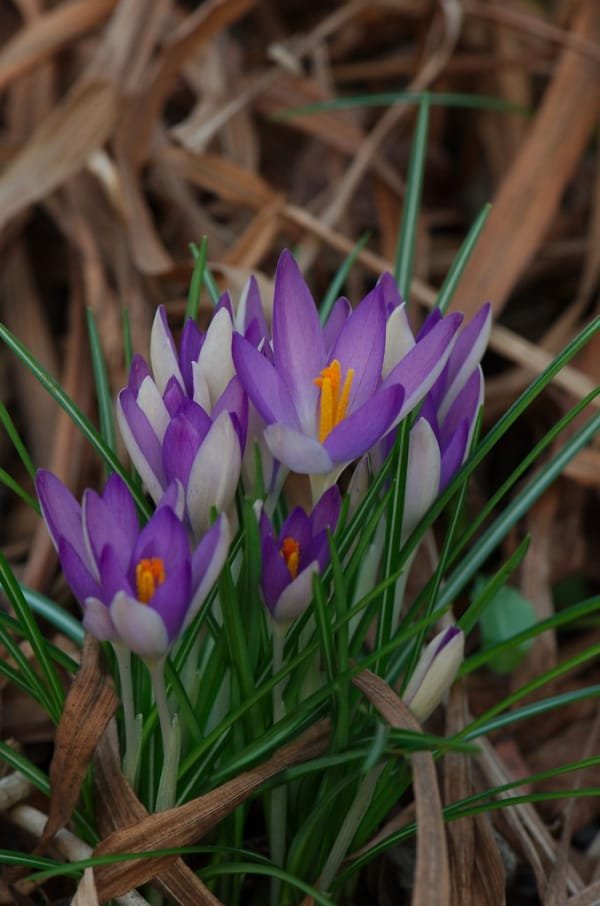The domestic market is weaker than the saffron export market
The head of the Khorasan Razavi Saffron Exporters Union said: Due to the decrease in people’s purchasing power and the use of saffron as a fancy and luxury product, the consumption of this product in the market has decreased, but its exports have grown by 8% by the end of July this year.
Gholamreza Miri stated: Due to the increase in the area under cultivation, the good performance of Jihad Keshavarzi for the information provided to farmers and the optimal use of water, it is predicted that the efficiency of saffron production will increase and our production this year will be higher than last year. Was.
He said that new saffron will be available in the market until next month, adding that last year saffron was reluctantly bought due to its lower quality. Currently, the minimum price of saffron is 4 million 750 tomans per kilo and the maximum price is 5 million 750 thousand tomans.
The head of the Khorasan Razavi Saffron Exporters Union said about the potential of saffron as a souvenir in Mashhad: If the souvenir market can attract people and create a large space where tourists can use welfare and recreational facilities, it will definitely be welcomed, but if it is a market. To destroy the business of others, you must think of ways to create it.
Miri continued: For this purpose, you should think about the businessmen and those who work in every field of production, then set up a souvenir market, otherwise it would be better if there is no such place.
Emphasizing that radio and television and the media should not hinder the promotion of saffron as a national product, he clarified: In the world, saffron is used as a medicine, natural dye in cosmetics, etc., but in Iran this The product is used only for decorating food or preparing syrup.
Miri pointed out: Currently, saffron is cultivated in 22 provinces and all their products enter the market, but no market has been created for this amount of production yet, which by promoting the properties of saffron, in addition to creating employment and currency, can reduce the price of this product and Prevented farmers from being harmed.
The Vice President of the National Saffron Council of Iran stated: At present, our competitors have entered the saffron market and other countries are present in the supply markets. Therefore, quality improvement and sustainable export of this product should be supported.
Certainly not all countries entering the saffron market will succeed in this competition, Miri said. For example, Spain produced 35 tons of saffron three decades ago. At that time, our production was about 7 to 10 tons, but now the level of saffron production in the country has reached 350 tons and Spain produces less than one ton of saffron.
The head of the Khorasan Razavi Saffron Exporters’ Union added: Therefore, if we can continue this process now, as we did well at that time, there will be no concern about the few countries that have started producing saffron.
Miri stated that saffron cultivation has been going on in Iran for many years, adding: Currently, Iran supplies saffron to 47 countries, and if there is support for a stable market for this product, the monopoly of this product will continue due to its high quality and Its significant production will be at our disposal.
Pointing out that Iran is the first producer of saffron in the world, he said: This product is so valuable that we should have a saffron museum for it, meaning that there should be a space where branded units and units that work within the law, in Attend it. By creating a permanent exhibition for foreign and domestic tourists in Mashhad, the greatness and potential of saffron can be shown more than before.







Get Social